Students are struggling with their mental health. Thirty-eight percent of college students in the US reported depressive symptoms in the 2024 Healthy Minds Study, while 34% reported anxiety symptoms. While these rates represent small improvements year-over-year, the prevalence of mental health problems remains a deeply pressing concern for universities nationwide.
However, at the same time, university budgets for wellness initiatives are under pressure. Many counseling centers are stretched thin. This forces them to operate reactively, responding to crises as they occur rather than also having the resources to help prevent them.
The situation is immensely frustrating, particularly for administrators who see the possibility of what could be. Many athletes have access to tools, like cold therapy and breathwork training, that can help them stay on top of their physical and mental well-being and more effectively recover from setbacks when they occur.
However, budget constraints and administrative red tape hold administrators back from expanding access to non-athletes, who comprise a vast majority of the student body.
From reactive crisis management to preventative care
Nordic Wellness founder and CEO Warner Jenkins has become familiar with this situation through partnerships with universities and recognizes a fundamental problem. “We need to become more proactive in our health as a country,” he explains. “And it starts young. That’s why we’re working on programs with universities.”
[Graphic idea / pull quote: “We need to become more proactive in our health as a country. And it starts young.”
He encourages universities to launch holistic wellness programs for all students, with cold therapy and breathwork at the core. Having turned to these practices to manage his own health challenges at 22, Jenkins is passionate about making these tools accessible to other young people.
Students will never be able to rid themselves of stress, he emphasizes. What will change is the source of that stress, and what they have control over is their ability to proactively manage it. By creating these programs, universities can equip students with these management skills early on, allowing them to better navigate the pressures they’ll face on campus — and in their personal and professional lives after they graduate.
Notably, Jenkins shares that this doesn’t require universities to exhaust their budgets. Instead, they can launch programs supported by wellness-minded alumni.
How can universities get started? We share a step-by-step process below.
How to build a holistic university wellness program
STEP 1: Engage alumni to fund initial equipment
Universities should start by partnering with wellness companies to create exclusive university-branded equipment, like cold plunges, that they can sell directly to wellness-minded alumni.
The proceeds generated from those sales are then reinvested for university wellness programs.

This goes beyond a typical fundraising ask, providing alumni with an opportunity to improve their own health while supporting current students on their wellness journeys.
It creates a mutually beneficial situation, Jenkins shares. “Alumni can purchase a Viking Cold lunge, enjoy the benefits of cold plunging and breathwork for their own wellness, and at the same time, directly fund a transformative program at the university. It’s personal health with a purpose,” he says, reflecting on the partnerships that Nordic Wellness has forged with universities.

STEP 2: Install equipment and identify program leaders
Once funding is secured through alumni purchases, universities need to set up the physical equipment and establish programming that enables students to use it alongside breathwork.
Jenkins highlights the importance of having students lead these classes, as it not only helps build trust but also establishes a sense of community on campus. He recommends identifying students who already have experience teaching groups, like personal trainers, yoga instructors, or group fitness leaders who are comfortable guiding others through new experiences.
While the peer-led element is essential, universities must ensure that programs don’t fall apart when student leaders graduate. At the installation stage, they should also select a permanent faculty coordinator who can serve as the program’s institutional anchor. These coordinators can help select new leaders and minimize disruption during the transition.
STEP 3: Implement a comprehensive training program
Appointed students must learn how to lead classes safely and effectively. While they may have run other fitness classes in the past, guiding their peers through cold plunging and breathwork — especially the joint practice of these modalities — requires additional training.
If their equipment provider also offers training programs, universities can easily arrange sessions that cover everything from equipment operation/maintenance to ideal practice techniques to safety protocols and contraindications.

Jenkins and the team at Nordic Wellness have experienced success with an intensive but practical format. “Typically, it's a two-day sprint. We're on site for two eight-hour days where we roll through it,” he describes. However, this format isn’t a hard prerequisite for success — he shares that some institutions benefit from online training sessions conducted over time.
The training also opens up career development opportunities for interested students. Following their initial training, they can pursue advanced certifications that enable them to teach classes professionally after graduation.
STEP 4: Implement a comprehensive training program
Universities should create a membership structure that makes the program accessible to all students while ensuring they’re invested in their participation.
Working with universities and their students, Jenkins has found that minimal annual fees work best.
This keeps costs low while creating a financial stake in the program. “We wanted to make it low enough that any student can afford it, but that they were invested in the program and in themselves," Jenkins explains. “Human psychology says, even if you pay a dollar for something, you feel invested in it.”
Better together
By following this approach, universities can launch wellness programs that empower students to proactively manage their mental and physical health — without incurring significant costs.
Success appears in many forms, Jenkins notes. Universities can expect to see a measurable reduction in self-reported stress levels and the number of people requesting support from counseling services.
While this stems from the physical and mental benefits of marrying cold therapy with breathwork practices, it’s also heavily driven by the community environment in which these practices are performed. Student-led programs for students serve as organic support networks, where students can share their struggles and work through them together.
Like cold plunging, managing mental health requires courage and can be made easier with peer support.
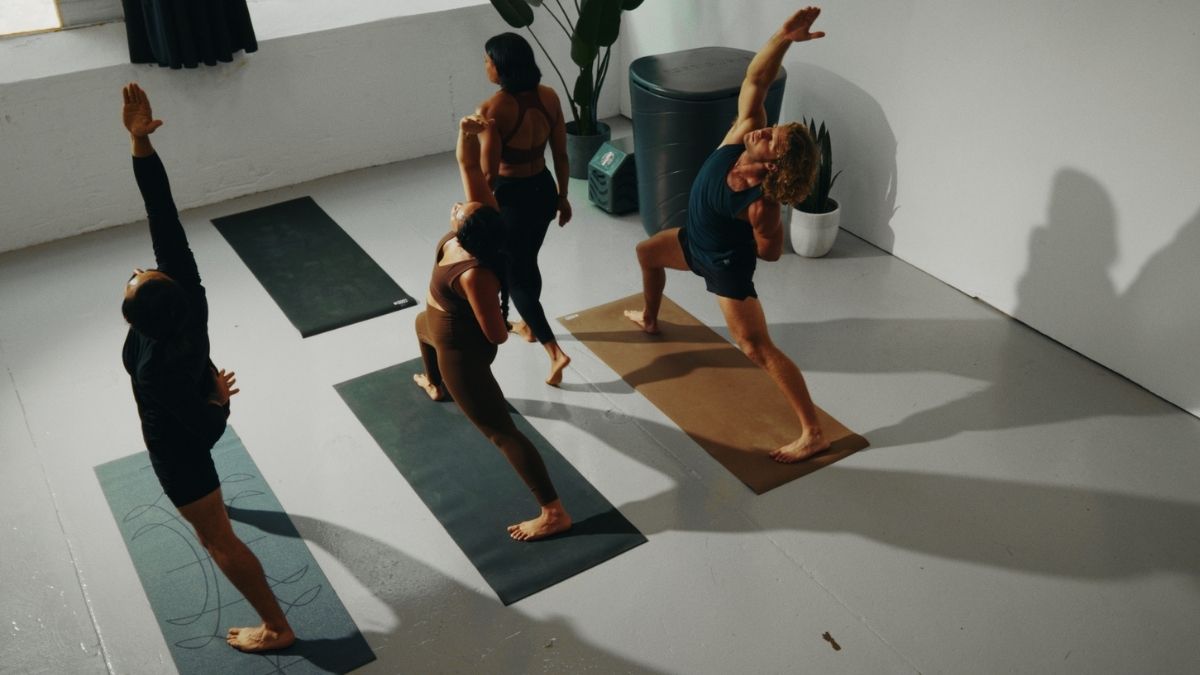
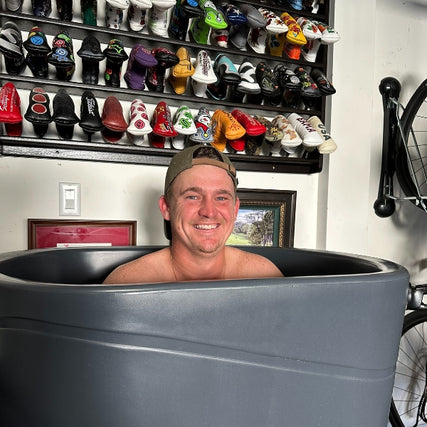

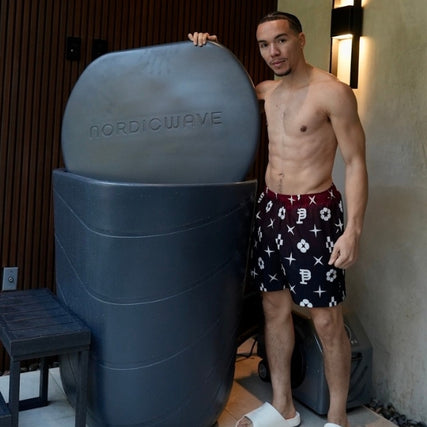
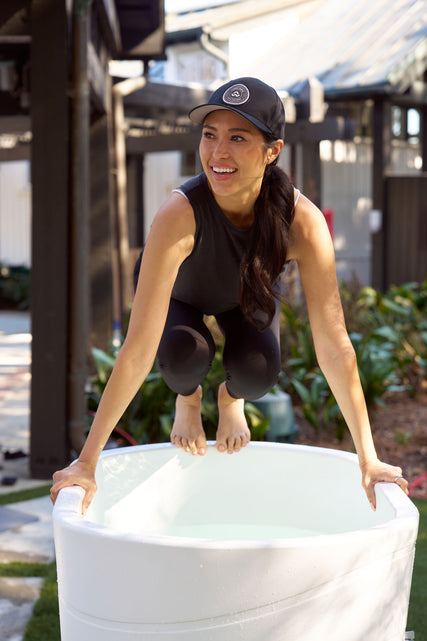
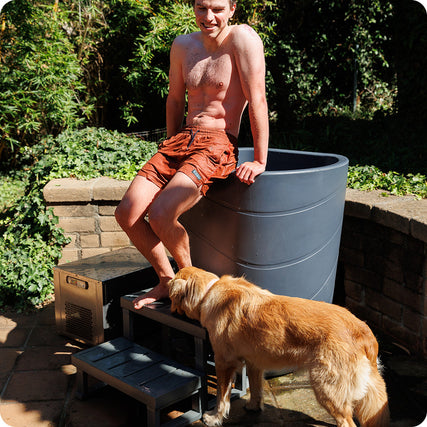
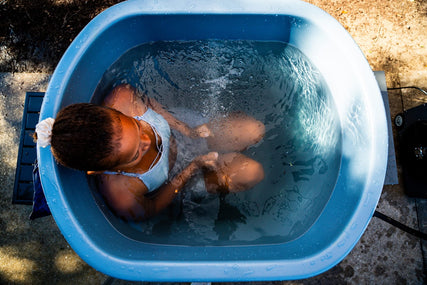

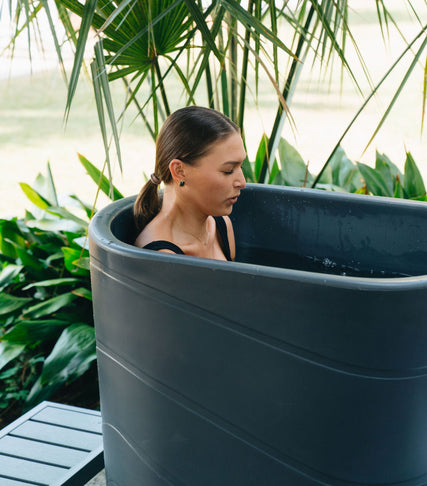
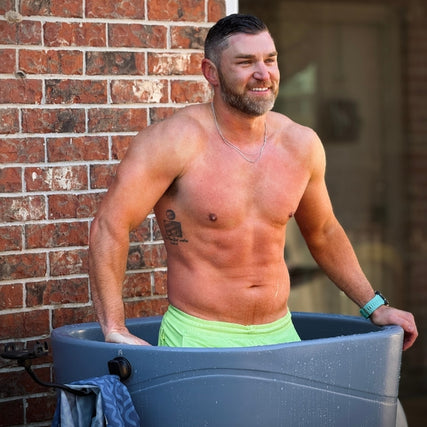
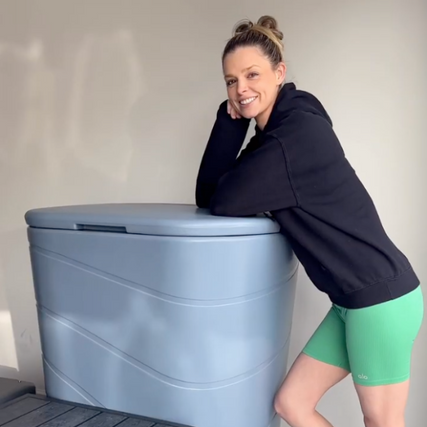
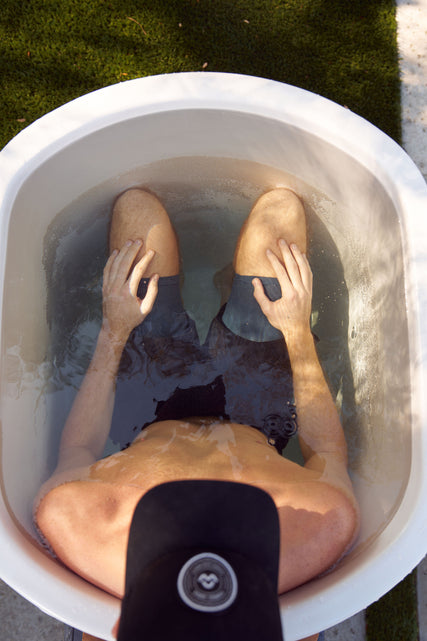

Share:
Lifestyle Integration is the Missing Piece in Modern Wellness
How a Studio Owner Retains 70% of Members Through Holistic Programs